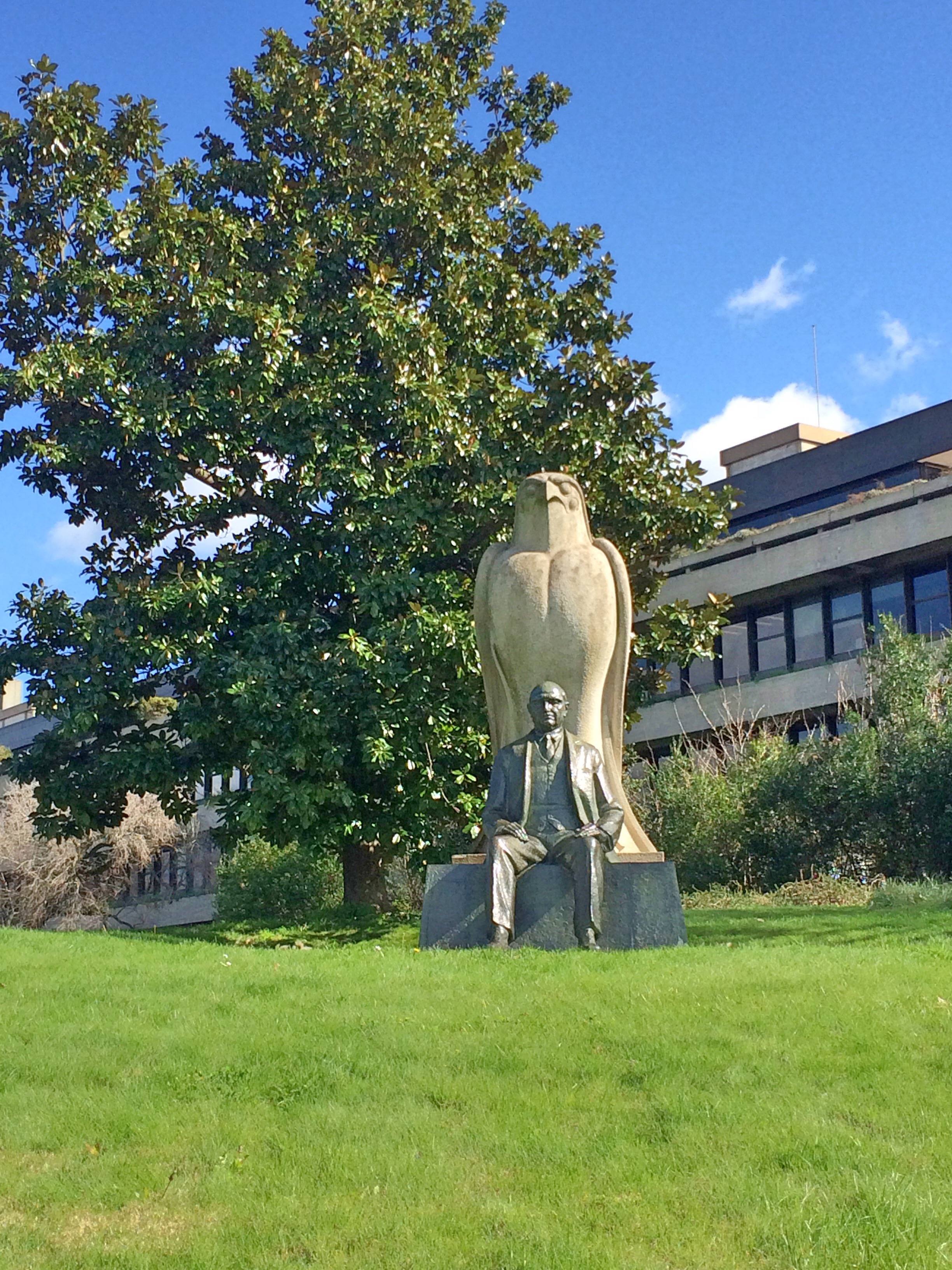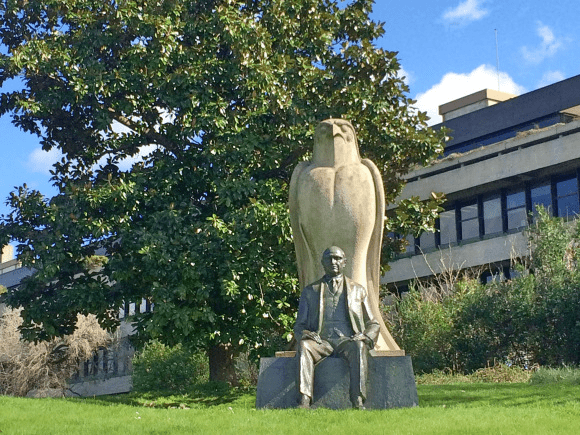Perhaps you have never heard of a man called Calouste Gulbenkian, but almost everyone in Portugal has. Why is this Brit of Armenian origin such a household name in a country that is unrelated to his roots? Perhaps because you can still find his impressive legacy in central Lisbon today.
Born to a prestigious and wealthy family, Gulbenkian made his own fortune from oil fields after graduating from King’s College, London, at age 18. He also carried out the family tradition of philanthropy by establishing or funding schools, churches and hospitals. He always had a special place for Armenian causes in his heart, especially as Armenians were subjected to persecution in his lifetime.
Aside from his philanthropy, he is known for his extensive and eclectic art collection, which completely filled his four-story, three-basement Parisian home. He collected works by Bouts, Van de Weyden, Lochner, Cima de Conegliano, Carpaccio, Rubens, Van Dyck, Hals, Rembrandt, Turner, Guardi, Gainsborough, Romney, Lawrence, Fragonard, Corot, Renoir, Nattier, Boucher, Manet, Degas and Monet, amongst many others. He also bought a famous sculpture of Diana by Houdon, which had once belonged to Catherine the Great of Russia. One time, he lent 30 paintings to the National Gallery in London. I can’t imagine what it’s like to lend 30 masterpieces to a museum after a bit of spring cleaning but I sure would like to find out!
It is said that he amassed over 6,400 pieces of art in his life. Although his former art works can be found in museums all over the world, it is at the Calouste Gulbenkian Museum in Lisbon, opened in 1969, where the vast majority of these reside today (1,000 of the 6,000 maintained by the Foundation are on permanent display). Although it’s difficult to choose a favorite piece, I absolutely love the Lalique pieces, which are quite stunning (but I’m a sucker for Art Nouveau). Whilst not a particularly large museum compared to many of the world’s most famous museums, its collection is of such high caliber that I have affectionately named it the smallest world-class museum.
In case you weren’t sufficiently impressed by the formidable museum collection, it’s actually only a portion of the The Calouste Gulbenkian Foundation, whose aims include charitable, educational, artistic, and scientific ventures (including Armenian causes). The Gulbenkian Orchestra is still one of the most preeminent orchestras in Portugal, offering regular concerts (you can buy tickets online or at the Foundation itself). But why, of all places, is this British-Armenian’s greatest legacy headquartered in Lisbon?
Gulbenkian actually moved to Portugal in 1942 – having chosen Portugal over Switzerland during the war, as it provided easier access to the United States, should he need to flee. He made the right decision, as he later wrote “that he had never felt anywhere else” such hospitality as in Lisbon. He died in 1955 at the Hotel Avis, where he lived for the last 13 years of his life. At the time of his death, Gulbenkian’s fortune was estimated to be between US$280 million and $840 million. If you’re ever in Lisbon, be sure to stop in and enjoy this extraordinary man’s legacy by visiting the museum, its charming gardens or attending a concert.




Gulbenkian is my favorite museum in Europe – and I’ve been to many. Thanks for giving it it’s due.
Thank you for your feedback – although I’m not sure I’ve done it the justice it deserves! I only hope it will pique people’s interest in this impressive museum.